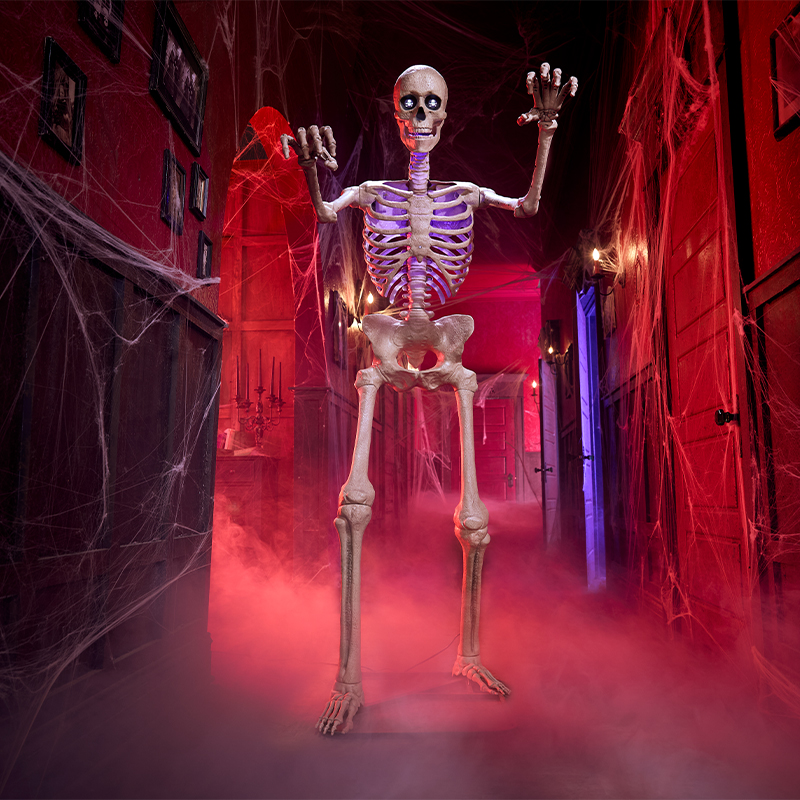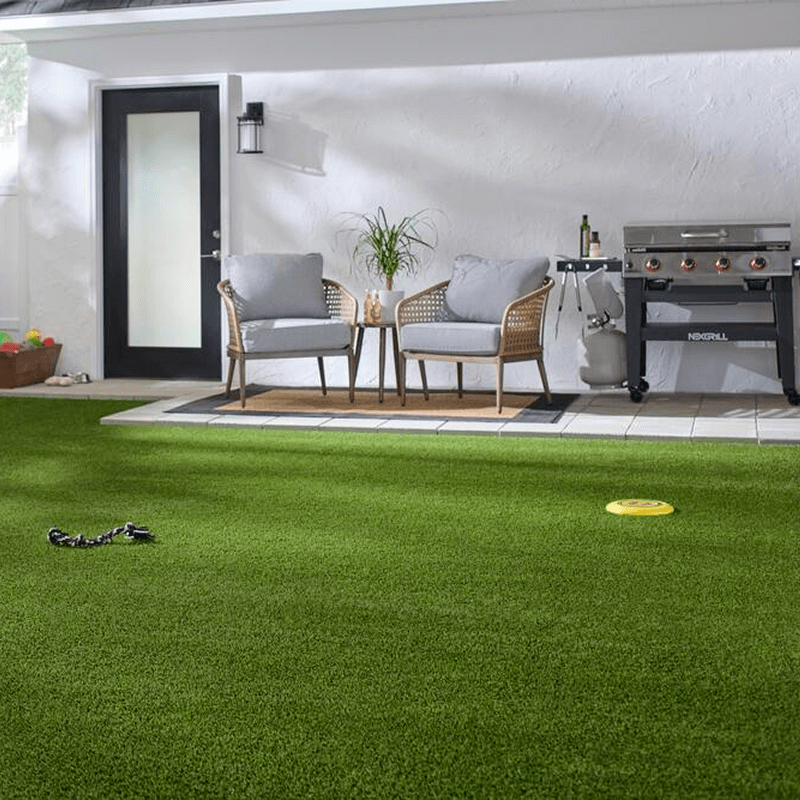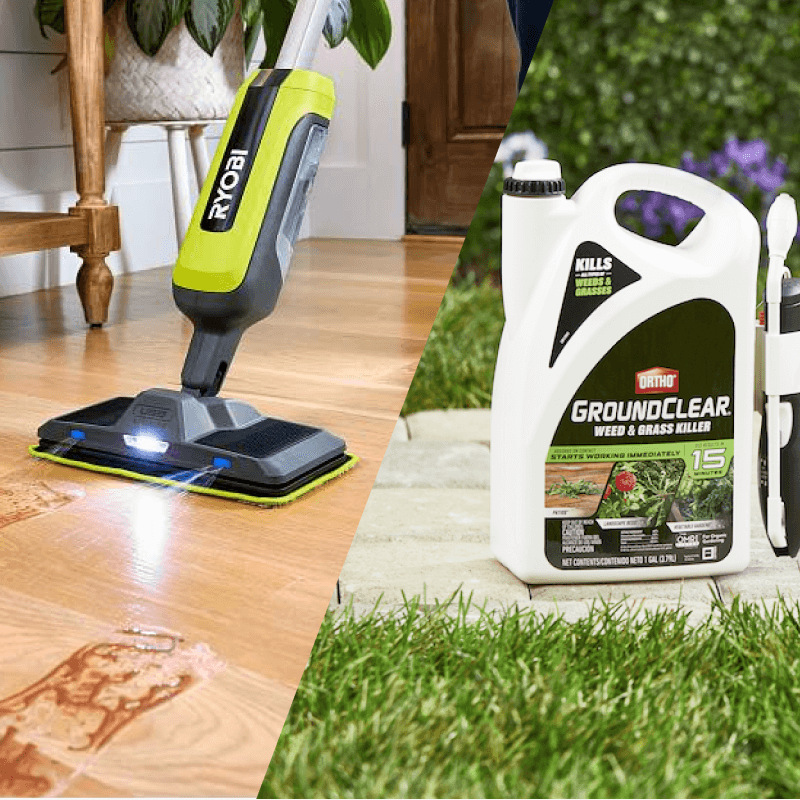You really like having a healthy lawn in the spring. But dogs and cats? They go absolutely wild for a roll in some fresh grass. They love to weave in and out of gardens, run through the sprinkler and sink their claws into some freshly laid mulch. And what pet parent wouldn’t want to help them get the most out of the season? We asked Home Depot’s pet parents for advice—and for some cute photos of them enjoying their yards, of course.
Here’s how to do it, while keeping them safe along the way.

Practice Cautious Care—or Go Organic
It takes a few steps to get your lawn in gear. Fertilizer and insecticide can help keep fleas and ticks away, but they often come with potentially toxic chemicals. “If you’re going to put any fertilizer down, you want to water right after you’re done,” says Laura McGinnis, Garden supervisor at The Home Depot in Homer Glen, Illinois. “Then, let your dog out after it dries.”
As an alternative, you can also find organic soils with no chemical additives that are certified by the Organic Materials Review Institute.
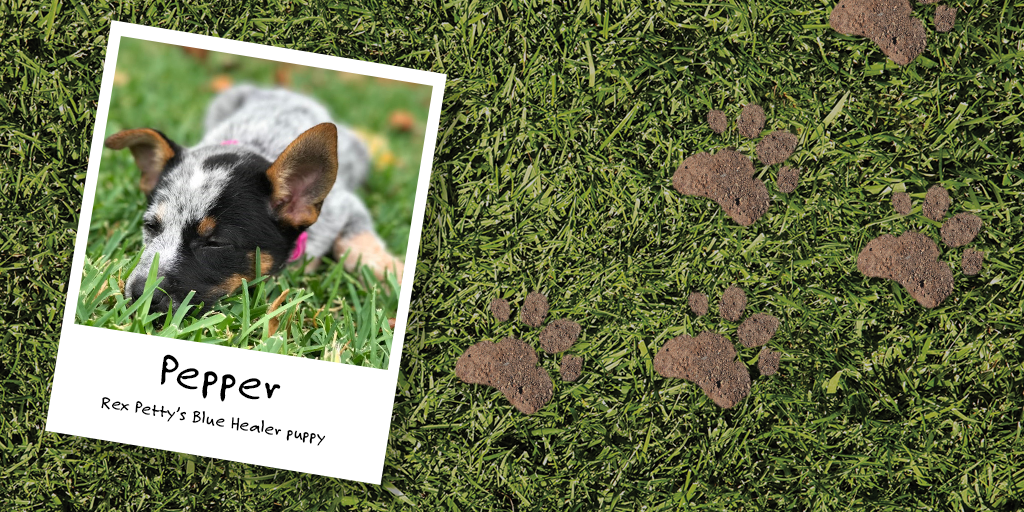
Let Your Grass Grow Long
Pets love to nibble on grass or dig up the turf. So keeping it short seems to make sense. But you should actually avoid cutting your lawn down too much. “You want to keep it around three inches or so to help strengthen the root system,” Laura explains. “When the lawn is longer, it keeps the moisture in the soil when the sun is beating down on it.”

In the end, the grass will be healthier—and provide a much softer bed for our pet companions. See the smile on San Antonio, Texas, Store Manager Rex Petty’s Blue Healer, Pepper? Or how Senior Financial Analyst for The Home Depot Foundation, Tiffany Poole’s Miniature Schnauzer Buddy gets comfortable?
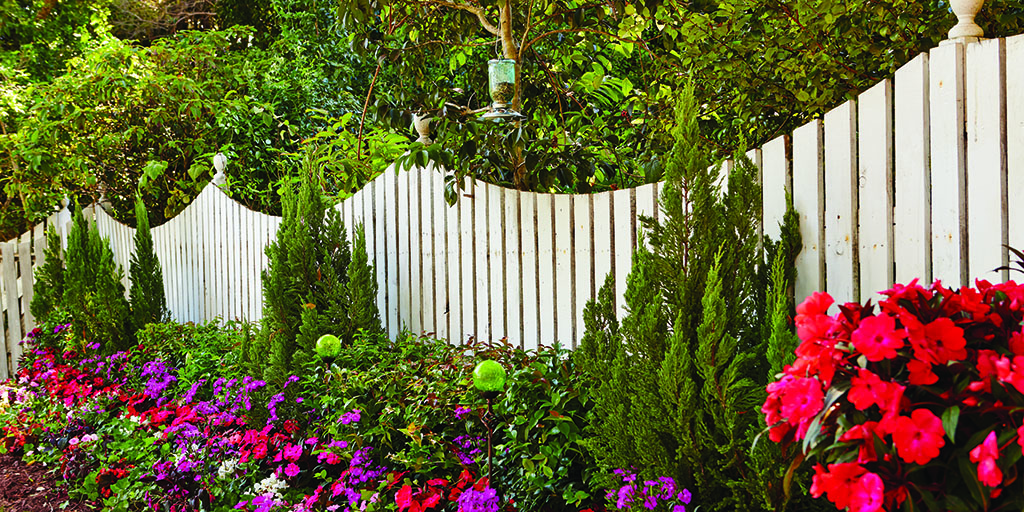
Provide a Path and Set Some Boundaries
One common problem for pet owners is the tendency to develop “pet paths”—walkways where animals beat down grass or foliage to establish their personal space. “If you have a border along your yard, leave a little space between the plants and the fence,” Laura suggests. In that space, try using stone or extra mulch to create a clear walkway.
This can even apply to designated relief zones or spots for them to dig: “We had a dog lawn at one point,” Laura says. “We used pond pebbles—they were big enough dogs so their paws could handle it.”
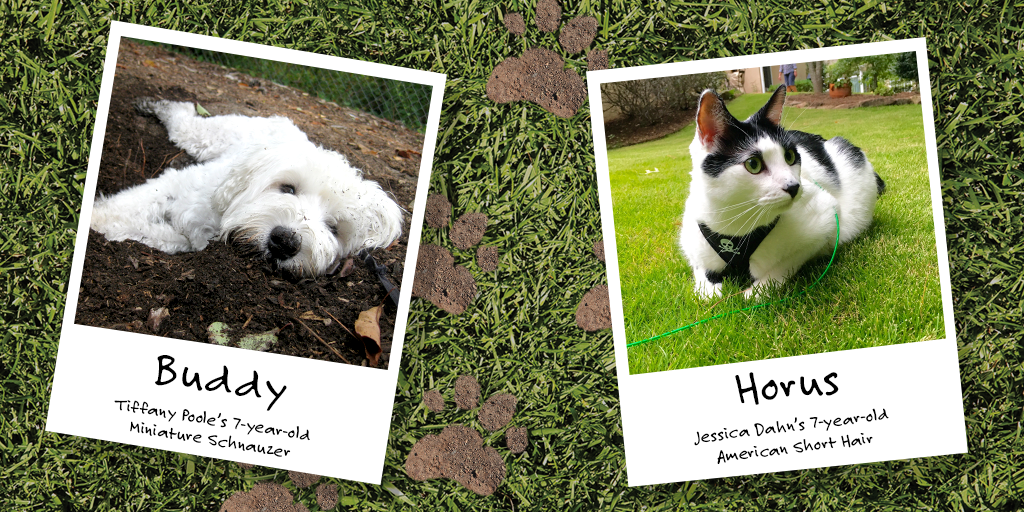
Protect Your Yard from Spot’s… Spots
At some point, your pet will put its mark on the yard: whether it’s by relieving themselves, digging or getting into your favorite flowerbed or vegetable garden. Dog urine especially can quickly leave a stain due to the high nitrogen content. Quickly diluting the area with water can do the trick, but if your yard is particularly sensitive, a spot repair formula can neutralize the damage while helping grass grow.
For valuable flowers or vegetables, a protective fence is a no-brainer. “My dog once dug up the whole vegetable garden on me,” Laura says. “I used some U-posts and chicken wire to make a fence around it, which also kept the rabbits out.”
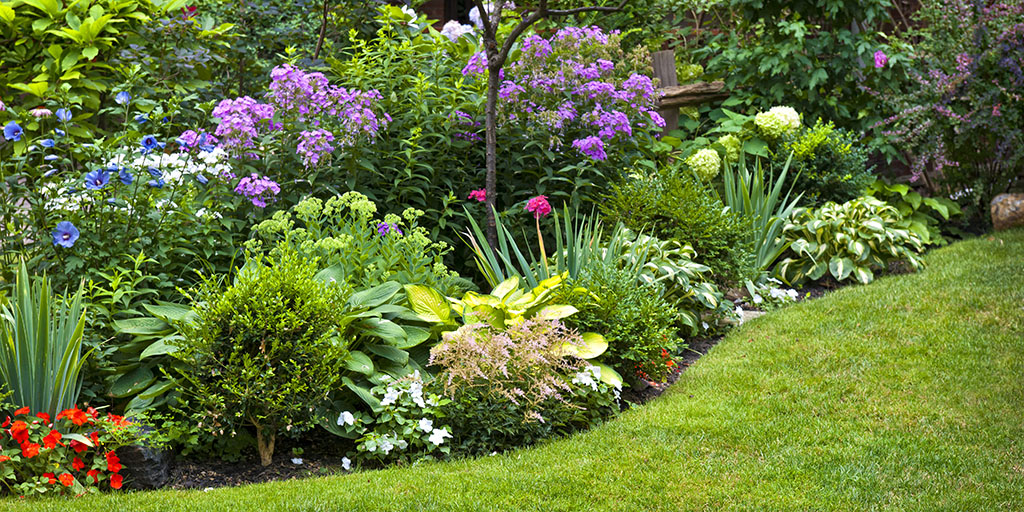
Familiarize Yourself with Your Foliage
As your pet explores the outdoor area, they’ll end up taking a nibble or two from something they shouldn’t have. It’s important to know what plants and flowers in your region could cause damage—and the list is surprisingly long. “The ASPCA has a very extensive list, both that are poisonous or that are safe,” Laura says. So before planting anything new, double check for any threats.
According to the ASPCA, some commonly toxic plants include hydrangeas, azaleas and rhododendron, while some safe choices are sunflowers, African violets and magnolia bushes.




